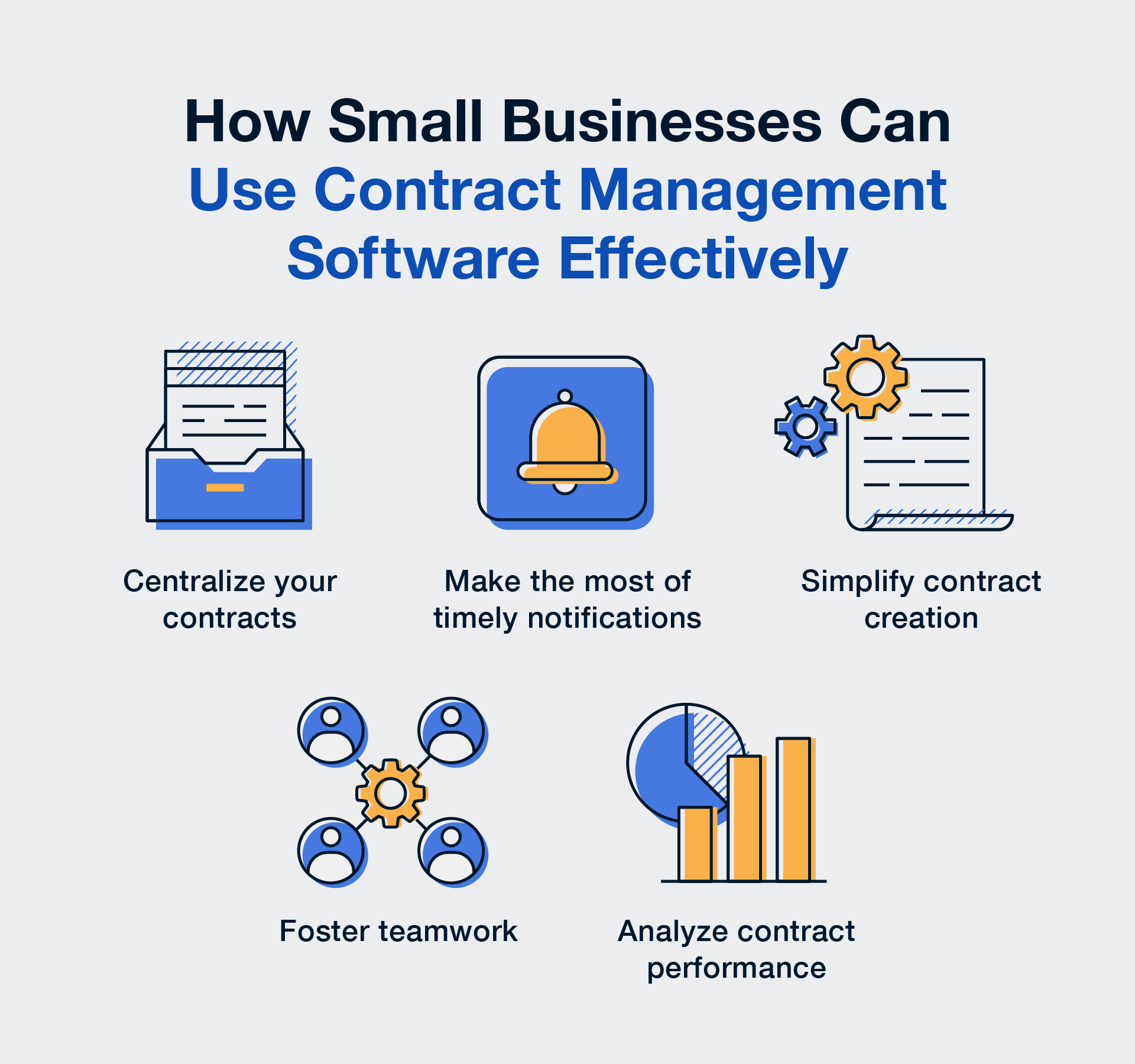What are Contract Management Software Integrations?
CLM integrations, also known as contract management software integrations, connect a contract lifecycle management (CLM) system with other business applications such as CRMs, ERPs, eSignature platforms, and document management tools.
These integrations enable seamless data flow between departments—automating contract creation, approval, execution, and tracking without redundant manual work. Common integrations include Salesforce or HubSpot for customer data, NetSuite or SAP for financials, and DocuSign or Adobe Sign for e-signature execution.
By integrating CLM with existing business systems, organizations create a unified, end-to-end contract management process that’s faster, more accurate, and easier to audit.
Why CLM Integrations Matter
Disjointed systems lead to duplicate data, slow handoffs, and missed insights. CLM integrations solve this by connecting contract data directly with the tools your teams already use every day.
When your CLM platform integrates with your broader tech stack, you gain:
-
Data consistency: Key fields like contract value, customer name, and renewal date update automatically across systems.
-
Process efficiency: Contracts can be created directly from CRMs or synced with accounting systems post-signature.
-
Improved visibility: Stakeholders across sales, finance, and legal work from the same, up-to-date information.
-
Reduced risk: Automation ensures that no executed contract or approval step falls through the cracks.
In short, CLM integrations help turn your contract data into business intelligence—removing silos and enabling real-time decision-making.
Best Practices for CLM Integrations
-
Map your data flows before implementation to define what fields should sync between systems.
-
Integrate with your CRM (like Salesforce) to automate contract generation and approvals.
-
Connect your ERP (like NetSuite or SAP) to streamline billing, spend tracking, and forecasting.
-
Include eSignature integrations to automate execution and file storage.
-
Monitor performance regularly and audit integrations for data accuracy and compliance.
Example of CLM Integrations in Practice
A sales team closes a deal in Salesforce. Through a CLM integration, the contract automatically generates in the CLM platform using approved templates. Once signed via DocuSign, the executed agreement—and its financial details—syncs instantly back to Salesforce and NetSuite, keeping all systems in perfect alignment.





